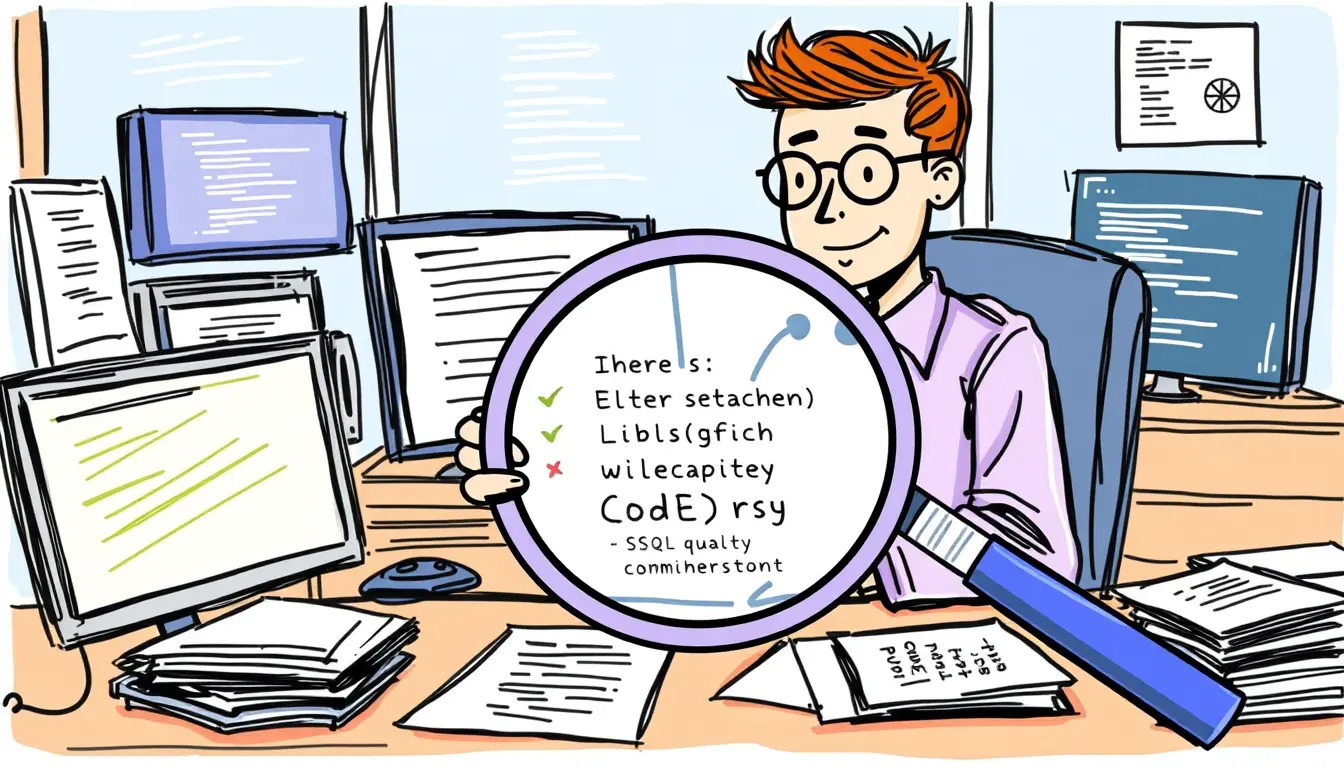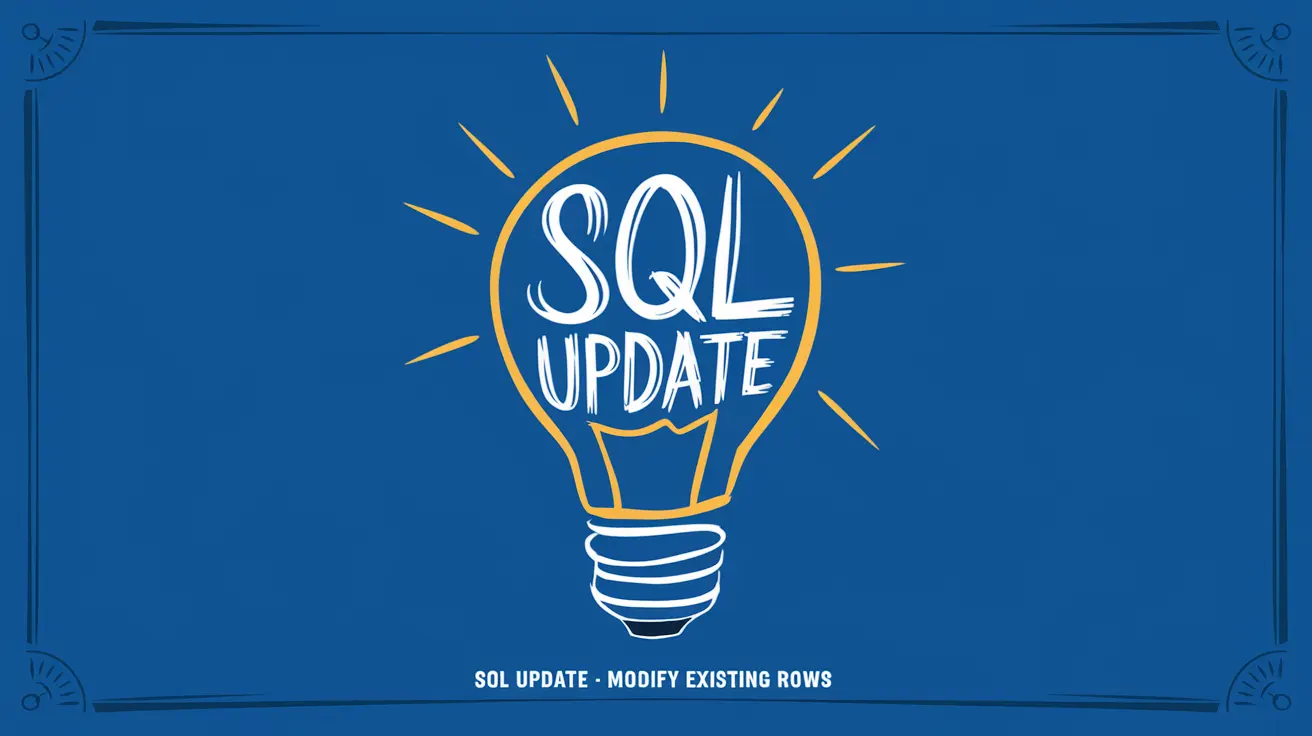Understanding the Importance of Process Elicitation in Business Analysis
Process elicitation is an essential component of business analysis that cannot be overlooked. It is the process of gathering information and requirements from stakeholders to understand existing business processes and identify areas for improvement. By effectively eliciting process information, business analysts can gain valuable insights into how a company operates, identify bottlenecks or inefficiencies, and propose solutions that can streamline operations and enhance overall productivity.
The importance of process elicitation lies in its ability to provide a comprehensive understanding of how a business works. It enables analysts to identify key stakeholders involved in the process and their respective roles, ensuring that all perspectives are considered and any potential gaps or conflicts are addressed. By capturing requirements directly from stakeholders, rather than making assumptions, business analysts can ensure that the end solution aligns with the actual needs and goals of the organization. Without proper process elicitation, there is a risk of implementing solutions that are not effective or that do not address the underlying issues, leading to wastage of resources and missed opportunities for improvement.
Identifying Key Stakeholders and their Roles in the Elicitation Process
In any business analysis process, identifying key stakeholders and understanding their roles is crucial for successful elicitation. Stakeholders are individuals or groups who have a vested interest in the outcome of the elicitation process and can be directly or indirectly impacted by the changes identified. They can include executives, managers, employees, customers, suppliers, and regulatory bodies, among others.
The first step in identifying stakeholders is to create a comprehensive list of all potential parties involved. This can be done by reviewing organizational charts, project documents, and conducting initial interviews with key personnel. Once the list is compiled, it is important to determine the roles and responsibilities of each stakeholder. This involves understanding their level of authority, expertise, decision-making power, and potential influences in the process. By clearly identifying key stakeholders and their roles, the business analyst can effectively engage with them during the elicitation process, ensuring their needs and requirements are thoroughly captured and incorporated into the analysis.
Choosing the Right Elicitation Techniques for Different Business Scenarios
When it comes to eliciting requirements in business analysis, choosing the right techniques for different business scenarios is crucial. The success of the elicitation process relies heavily on identifying the most appropriate techniques that will enable effective gathering of information from stakeholders.
One common technique used in the elicitation process is interviews. Interviews allow business analysts to have direct conversations with stakeholders to gather in-depth insights into their needs, expectations, and challenges. This technique is particularly useful when there is a need to understand the motivations and perspectives of individual stakeholders. Interviews can be conducted one-on-one, in person or remotely, and can be structured or unstructured depending on the specific requirements of the business scenario.
Another commonly used technique is observation. This involves business analysts directly observing the processes, activities, and interactions within the business environment. Observation techniques can help uncover hidden processes or information that may not be readily available through interviews or document analysis. This technique can be particularly effective in scenarios where there is a need to gain a deep understanding of how things are actually done in practice, rather than relying solely on what stakeholders say or document.
Conducting Effective Interviews to Gather Business Requirements
Conducting effective interviews is a crucial step in gathering accurate and relevant business requirements. These interviews provide an opportunity for business analysts to directly interact with stakeholders and gain insights into their needs and expectations. By asking well-crafted questions and actively listening to their responses, analysts can delve deeper into the specific requirements, understand the underlying processes, and identify potential gaps or areas for improvement.
During the interview process, it is important for business analysts to establish a comfortable and open environment that encourages stakeholders to freely express their thoughts and concerns. This can be achieved by adopting a friendly and non-threatening demeanor, while also being professional and objective in seeking the necessary information. Additionally, analysts should strive to maintain a structured approach during the interviews, ensuring that they cover all relevant topics and keep the discussions focused on the business requirements. Through effective interviewing techniques, analysts can gather accurate and comprehensive business requirements that serve as the foundation for successful process elicitation and analysis.
Utilizing Observation Techniques to Uncover Hidden Processes
Observation techniques are an important tool in the business analysis process, allowing analysts to uncover hidden processes that may not be readily apparent through other elicitation methods. By carefully observing the day-to-day activities within an organization, analysts can gain valuable insights into how work is performed, identifying inefficiencies, bottlenecks, and gaps in existing processes. This information is crucial in understanding the current state of a business and in identifying areas for improvement.
One common observation technique used in business analysis is job shadowing. Analysts shadow and observe employees within their work environment, taking notes on how tasks are performed, who is involved, and any challenges encountered. This technique provides a firsthand view of the tasks, interactions, and decisions that make up a process, shedding light on details that might be overlooked through traditional interviews or surveys. Additionally, job shadowing allows analysts to understand the context in which processes occur, including the underlying policies, systems, and resources that shape the way work is carried out.
Running Workshops and Facilitating Group Discussions for Process Elicitation
Workshops and group discussions are valuable techniques for eliciting process information in business analysis. These interactive sessions bring together key stakeholders and subject matter experts to collectively explore and understand the current processes and identify areas for improvement. By providing a collaborative platform, workshops and group discussions foster open communication and exchange of ideas, enabling a comprehensive view of the organization’s operations.
During these sessions, facilitators play a crucial role in guiding the discussions and ensuring that all participants contribute their perspectives. They help create an inclusive environment where everyone feels comfortable sharing their insights and concerns. Additionally, facilitators employ various techniques such as brainstorming, mind mapping, and affinity diagramming to stimulate creative thinking and encourage active participation. Through workshops and group discussions, business analysts can uncover valuable knowledge and gain a deeper understanding of the organization’s processes, paving the way for effective process improvement initiatives.
Leveraging Document Analysis for Process Understanding
In the field of business analysis, document analysis plays a crucial role in understanding various processes within an organization. By carefully examining existing documents, such as policies, procedures, and user manuals, analysts can gain valuable insights into the inner workings of an organization’s processes. This analysis helps identify potential bottlenecks, inefficiencies, and opportunities for improvement.
Document analysis involves systematically reviewing and interpreting written information to unravel how processes are currently executed. It allows analysts to trace the flow of information, identify decision points, and understand the dependencies between different steps. Additionally, it provides clarity on roles and responsibilities, highlighting the interactions between different stakeholders. Through this method, analysts can effectively capture the existing state of processes, paving the way for targeted improvements and streamlined operations.
• Document analysis is a crucial tool in business analysis for understanding processes within an organization.
• By examining existing documents such as policies, procedures, and user manuals, analysts can gain insights into how processes are executed.
• This analysis helps identify bottlenecks, inefficiencies, and opportunities for improvement.
• Document analysis involves systematically reviewing and interpreting written information to understand the flow of information and decision points.
• It provides clarity on roles and responsibilities and highlights interactions between stakeholders.
• Through document analysis, analysts can capture the current state of processes to facilitate targeted improvements.
Applying Surveys and Questionnaires to Gather Quantitative Data
Surveys and questionnaires are powerful tools that can be used to gather quantitative data in the process elicitation phase of business analysis. These methods allow analysts to collect information from a large number of participants in a standardized manner, ensuring consistency and accuracy in the data obtained. By designing well-structured survey questions, analysts can obtain specific and measurable responses that provide insights into various aspects of the business processes being analyzed.
When applying surveys and questionnaires, it is important to consider the target audience and ensure that the questions are clear and concise. The wording should be neutral and avoid any bias that could influence participants’ responses. Additionally, the survey or questionnaire should be designed in a way that allows for easy data analysis, such as through the use of rating scales or multiple-choice questions. By leveraging these tools effectively, analysts can gather quantitative data that can be analyzed and used to identify patterns, trends, and potential areas for improvement in the business processes under investigation.
Using Prototyping and Simulation to Validate and Refine Processes
Prototyping and simulation techniques play a crucial role in the validation and refinement of processes in business analysis. By creating prototypes, which are representations of the proposed processes, analysts can visualize and test how these processes will work in practice. Prototypes can vary in complexity, from simple paper-based sketches to interactive digital models. Whatever the form, prototypes allow stakeholders to gain a better understanding of the proposed processes and provide valuable feedback for improvement.
Simulation, on the other hand, involves running computer-based models that simulate the behavior of the processes under different scenarios. These simulations can help identify potential bottlenecks, inefficiencies, or errors in the processes. By running various simulations and analyzing the results, analysts can make informed decisions about process redesign or refinement. Furthermore, simulations can also be used to test the performance of the processes under different workloads or external factors, offering valuable insights into potential risks or opportunities. Together, prototyping and simulation provide a dynamic and interactive approach to validate and refine processes, ensuring their effectiveness and efficiency in real-world scenarios.
Analyzing and Documenting Elicited Process Information for Actionable Insights
Analyzing and documenting the process information that has been elicited is a crucial step in the business analysis journey. This step involves carefully examining the gathered data and extracting meaningful insights from it. By analyzing the information, analysts can identify patterns, trends, and potential areas of improvement within the processes.
To effectively analyze the elicited process information, it is essential to organize and structure the data in a logical manner. This can be done by creating process flow diagrams, flowcharts, or using other visual representations. These visual aids provide a clear overview of the processes, making it easier to identify bottlenecks and areas of inefficiency. Additionally, documentation of the findings is crucial for future reference and communication with stakeholders. This documentation should be concise, yet comprehensive, providing a thorough understanding of the insights gained from the analysis.
What is process elicitation in business analysis?
Process elicitation in business analysis is the act of gathering information about business processes in order to gain a better understanding of how they work and identify areas for improvement.
Why is process elicitation important in business analysis?
Process elicitation is important in business analysis because it helps to identify inefficiencies, bottlenecks, and areas of improvement within business processes. It also ensures that all stakeholders have a clear understanding of how processes are currently being conducted.
Who are the key stakeholders in the elicitation process?
The key stakeholders in the elicitation process are individuals or groups who are directly or indirectly affected by the business processes being analyzed. This can include employees, managers, customers, and other relevant parties.
What are some common elicitation techniques used in business analysis?
Some common elicitation techniques used in business analysis include interviews, observations, workshops, document analysis, surveys, questionnaires, prototyping, and simulation.
How can effective interviews be conducted to gather business requirements?
Effective interviews for gathering business requirements involve preparing a list of relevant questions, conducting them in a structured and organized manner, actively listening to the interviewee, and taking detailed notes.
What are observation techniques in process elicitation?
Observation techniques in process elicitation involve directly observing how business processes are being conducted in order to gain insights and uncover any hidden or undocumented steps.
How can workshops and group discussions facilitate process elicitation?
Workshops and group discussions provide a collaborative environment where stakeholders can openly share their knowledge and perspectives, allowing for a more comprehensive understanding of the business processes.
How can document analysis be used for process understanding?
Document analysis involves reviewing existing documents, such as procedure manuals, flowcharts, and system documentation, to gain insights into how processes are currently being conducted and identify any gaps or issues.
What role do surveys and questionnaires play in eliciting process information?
Surveys and questionnaires are used to gather quantitative data from a large number of stakeholders. They can be used to collect information about their opinions, preferences, and experiences related to the business processes being analyzed.
How can prototyping and simulation be utilized in refining processes?
Prototyping and simulation allow for the creation and testing of models or prototypes of proposed process improvements. This helps in validating and refining processes before implementing them in a real-world setting.
How can elicited process information be analyzed and documented for actionable insights?
Elicited process information can be analyzed by identifying patterns, bottlenecks, and areas of improvement. It can then be documented in a clear and concise manner, highlighting the key findings and recommendations for action.













Leave a Reply